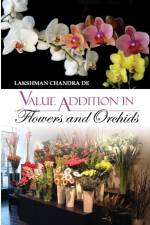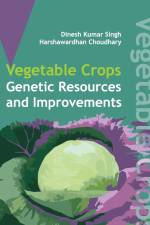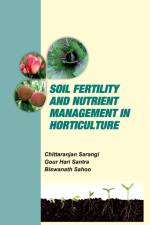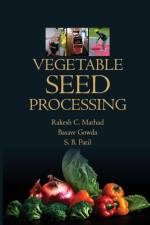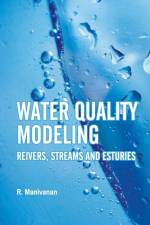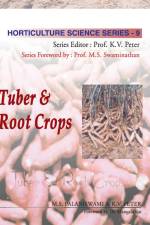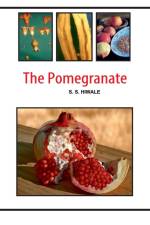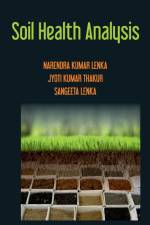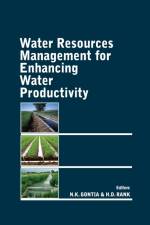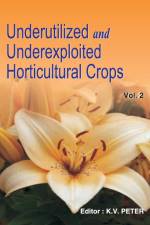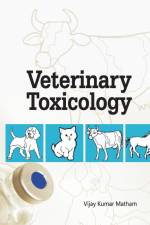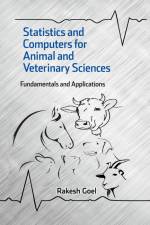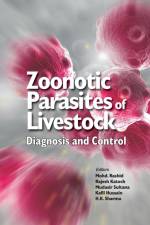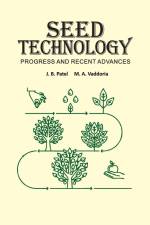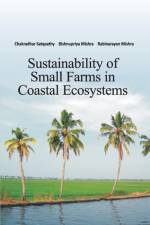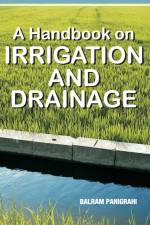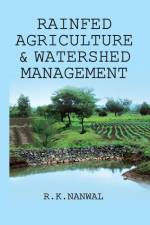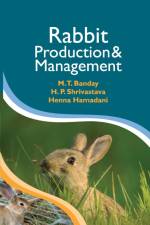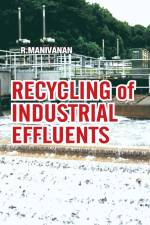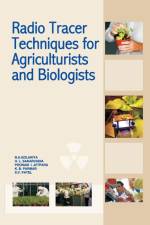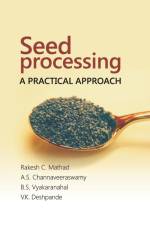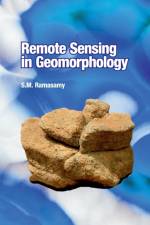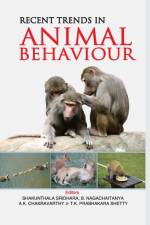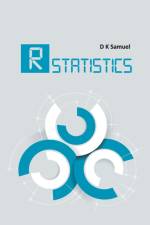av L. C. De
699,-
Ornamental crops provide better income from a unit area with higher profitability. The production of flower crops has increased significantly and there is huge demand for floricultural products in the world resulting in growing international flower trade. Value addition in floriculture increases the economic value and consumer appeal of any floral commodity. The present publication on "Value Addition in Flowers and Orchids" is planned in 12 interesting s vividly highlighting value addition in flower crops and orchids covering wide range of aspects. The first 10 s are represented by various value added products from commercial flowers viz. rose, chrysanthemum, carnation, anthurium, gerbera, gladiolus, tuberose, tulip, lilium, freesia, iris, alstroemeria, liatris, strelitzia, solidago, dahlia, jasmine, marigold, crossandra, barleria, annuals, herbaceous perennials, flowering shrubs, house plants, aquatic plants, bulbous plants, cacti and succulents and lesser known ornamentals. Two most important s on value addition in flower crop like orchid are separately dealt in details in this publication. These commercial orchids presented in this book include Aerides, Anoectichilus, Arachnis, Ascocentrum, Bulbophyllum, Calanthe, Cattleya, Coelogyne, Cymbidium, Dendrobium, Doritis, Epidendrum, Eulophia, Gastrochilus, Habenaria, Laelia, Miltonia, Odontoglossum, Oncidium, Paphiopedilum, Phaius, Phalaenopsis, Pholidota, Pleione, Renanthera, Rhyncostylis, Vanda, Zygopetalum. It may be humbly claimed that this is the first book of its kind on value addition in flower crops including orchids in India. I sincerely hope that this book on "Value Addition in Flowers and Orchids" will be useful to teachers, students, scientists, plant breeders, plant biotechnologists, planners, exporters, amateurs and professional flower growers.

